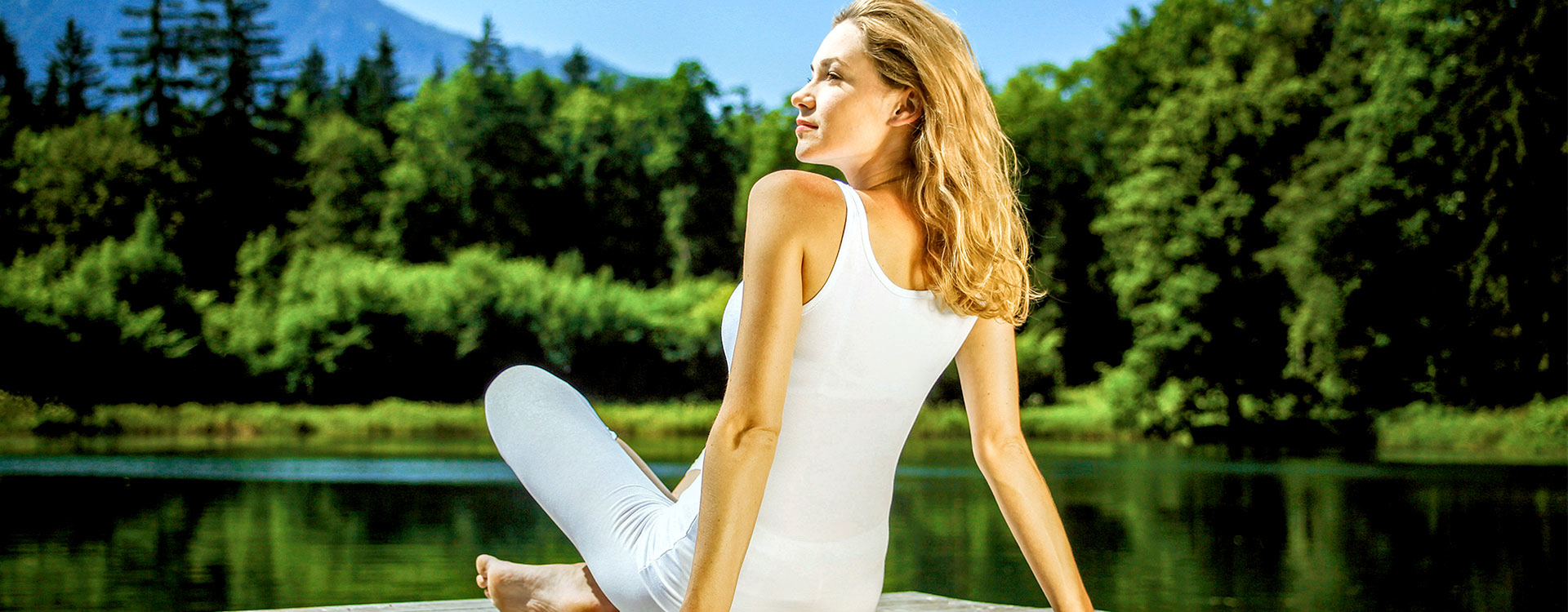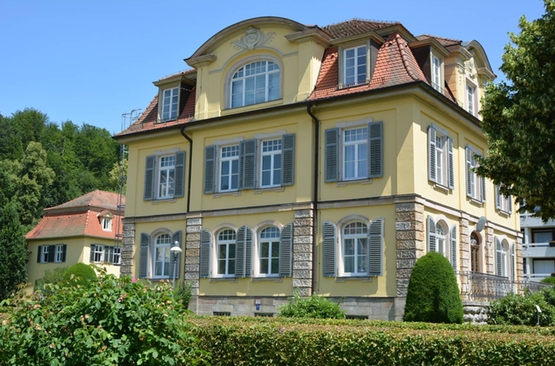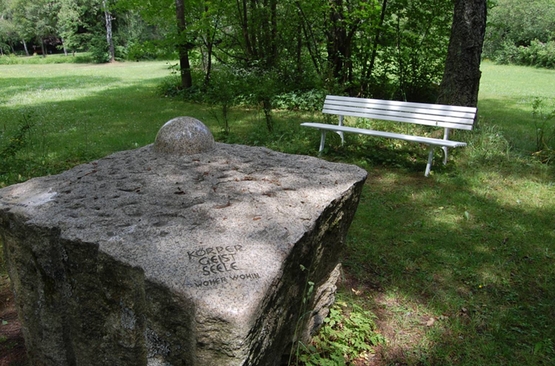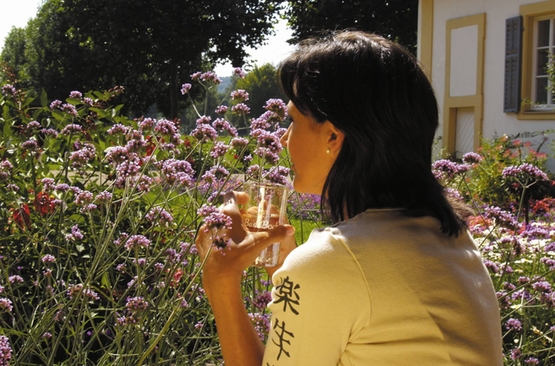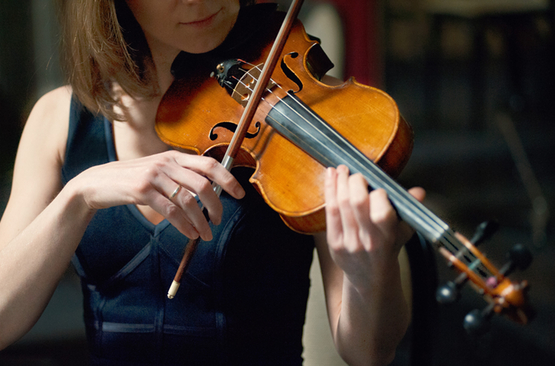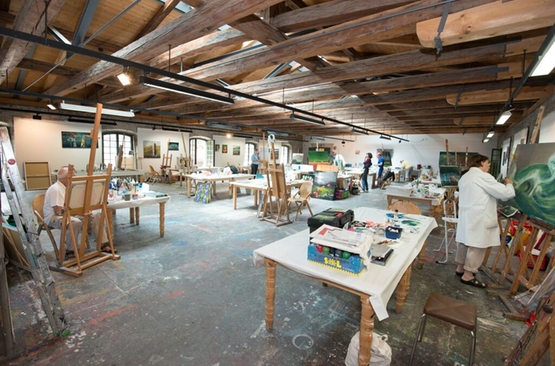Where aristocracy and artists used to bathe
Modern bathing culture in the Bavarian state bath Bad Kissingen
The historical setting of bathing culture in Bad Kissingen
The rise of Bad Kissingen to a world famous and respected spa began with the rediscovery of the Rakoczy spring in 1737. Today's Max fountain, then called Sauer fountain, has been modernised, as have the bathing facilities and surrounding facilities. The well-known architect of his time, Friedrich von Gärtner, enlarged and designed the spa gardens of Bad Kissingen with beautiful, still preserved classical buildings at the instigation of King Ludwig I. In 1833, the Bavarian king took his first cure in the tranquil village on the Vorrhön and thus helped it to worldwide attention. Soon aristocratic circles found it proper to go for a cure to Bad Kissingen. However, also internationally known intellectuals such as George Bernard Shaw and Theodor Fontane appreciated the spa for taking a break.The seven healing springs of Bad Kissingen
Each of the seven Bad Kissinger healing springs has a different chemical composition. Depending on the type and intensity, all springs are used either for drinking, bathing or inhalation:- Rakoczy spring (drinking cure, Kissinger bitter water)
- Pandur spring (drinking cure)
- Max fountain (drinking cure)
- Runder Brunnen fountain (bathing cure, inhalation)
- Schönborn spring (bathing cure)
- Luitpoldsprudel "old" (drinking cure)
- Luitpoldsprudel "new" (bathing cure)


